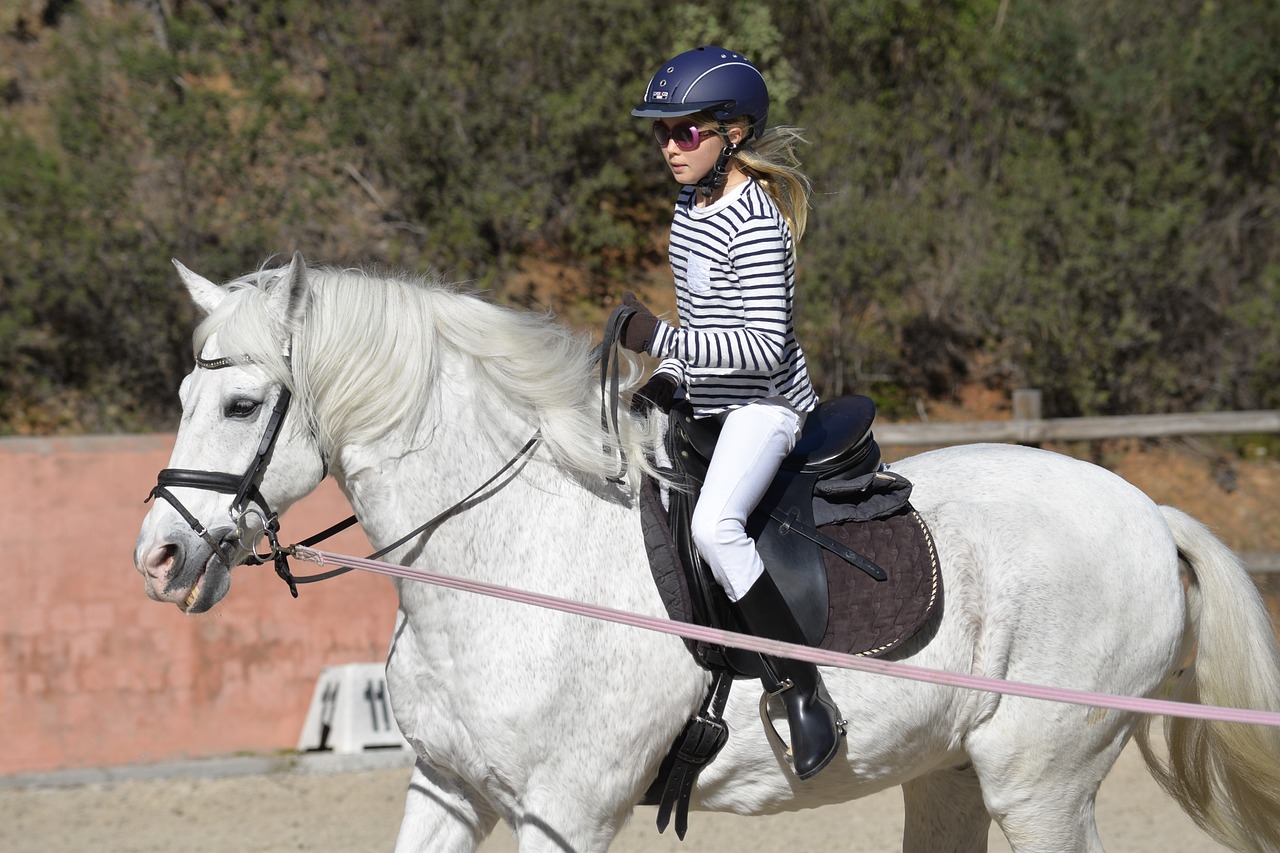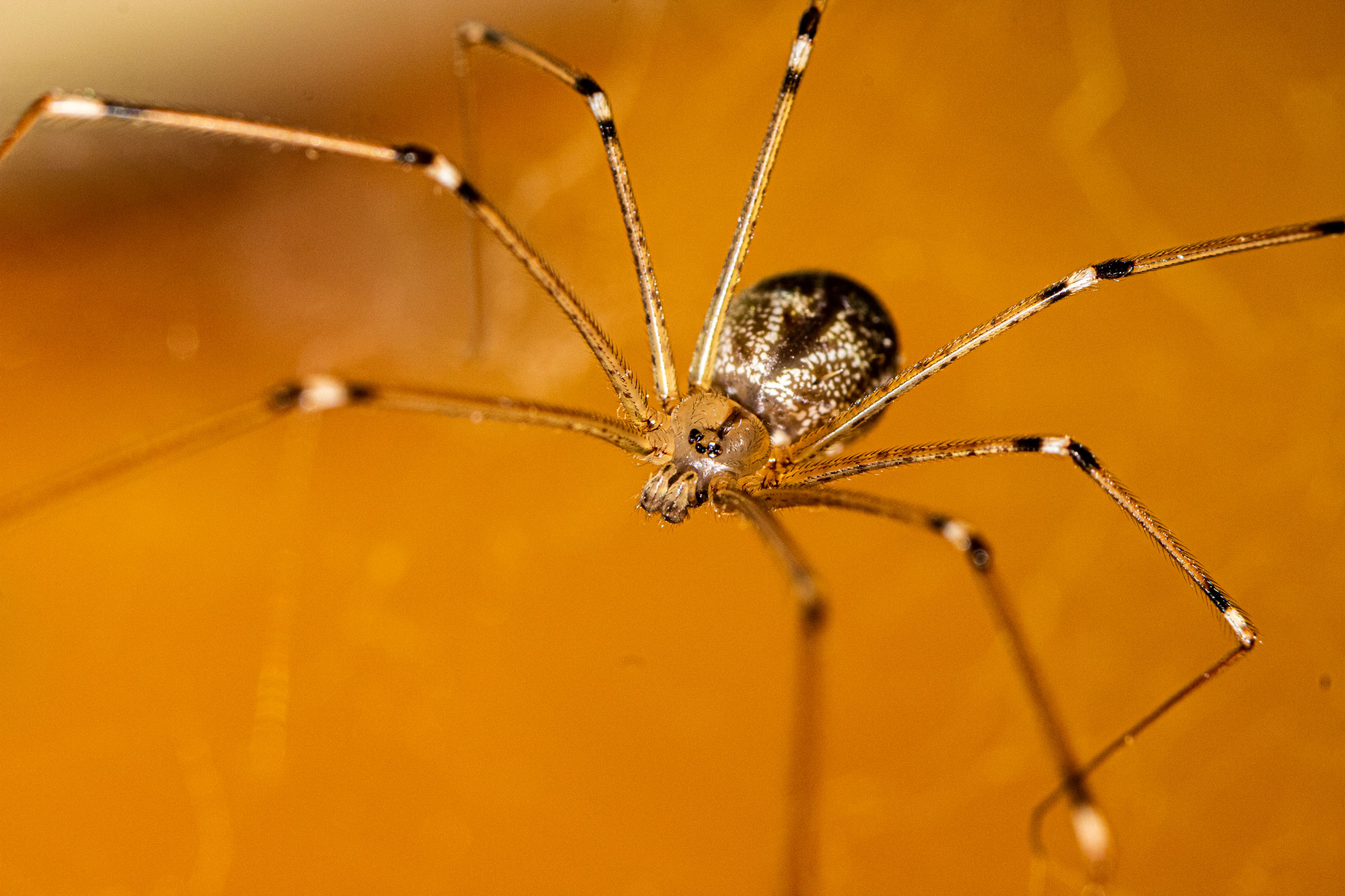Firstly, blackbirds typically sport all-black plumage, while crows often have a glossy black appearance. Secondly, their size varies, with blackbirds being smaller and crows larger. In terms of behavior, crows are known for their intelligence and problem-solving abilities, whereas blackbirds are more commonly associated with their melodious songs.
Additionally, their habitats differ, with blackbirds favoring gardens and woodlands, and crows adapting to urban settings. While both birds share similarities, these distinctions in appearance, size, behavior, and habitat help us distinguish between blackbirds and crows in nature.
How Do Blackbirds And Crows Differ In Physical Appearance?
Blackbirds are relatively smaller, usually measuring around 8-9 inches in length. They typically have all-black plumage, with males featuring a distinct yellow eye ring and beak. Female blackbirds often have darker plumage.
Crows, on the other hand, are larger, typically ranging from 17 to 21 inches in length. They have glossy black feathers and a robust, sturdy build. Crows also have a more pronounced, heavy bill and lack the yellow eye ring commonly seen in blackbirds.
What Behavioral Traits Set Blackbirds And Crows Apart?

Blackbirds and crows have distinct behaviors. Crows are known for their intelligence and problem-solving skills, while blackbirds stand out with their melodious songs and territorial nature.
Crows’ Intelligence
Problem-Solving Abilities: Crows are renowned for their high intelligence and remarkable problem-solving skills. They’ve been observed using tools to obtain food and displaying complex behaviors, which have earned them a reputation as one of the smartest birds in the animal kingdom.
Social Behavior: Crows are highly social birds and often form tight-knit family groups. They communicate using a variety of vocalizations and work collaboratively on tasks such as nest building and foraging.
Blackbirds’ Melodious Nature
Singing Abilities: Blackbirds are known for their melodious songs, which are a delightful feature of many gardens and woodlands. Their songs, typically performed by males, are often rich and melodious, adding to the charm of their natural surroundings.
Territorial Behavior: Blackbirds exhibit territorial behavior, vigorously defending their nesting territories and food sources. This can lead to aggressive encounters with other birds.
How Do Blackbirds Differ In Their Habitat Preferences Compared To Crows?
Blackbirds and crows differ significantly in their habitat preferences, reflecting their distinct ecological niches and adaptability.
Blackbirds’ Habitat Preferences
Gardens and Woodlands: Blackbirds are commonly found in environments like gardens and woodlands. These habitats provide a mix of dense vegetation, open spaces, and a variety of plants, which blackbirds find ideal for foraging and nesting.
Understory Dwellers: Blackbirds are known for their preference for the understory of wooded areas. They often nest in shrubs and low branches, using the cover provided by the vegetation to protect their nests.
Vegetation Diversity: They thrive in locations with diverse vegetation and access to berries, insects, and other food sources. This diversity attracts them to gardens with fruit-bearing plants and insects to feed on.
Crows’ Habitat Preferences
Urban Adaptability: Crows are highly adaptable and can thrive in urban environments. They are often seen in cities, towns, and suburban areas, where they can nest in tall trees, buildings, and even urban parks.
Wide Range of Habitats: Crows can be found in a wide range of habitats, from coastal areas to farmlands, and they are known for their ability to exploit various food sources, including scavenging in urban settings.
Nesting Sites: They choose nesting sites in tall trees, and sometimes even use man-made structures like streetlights, buildings, and utility poles. Their adaptability to urban environments has led to increased sightings in human-populated areas.
How Can You Distinguish Blackbirds From Crows Based On Their Vocalizations?
Distinguishing blackbirds from crows through their vocalizations is a fascinating skill for birdwatchers
Blackbirds’ Vocalizations
Blackbirds are celebrated for their melodious songs. They have a diverse repertoire of musical calls, and their songs are often described as sweet and tuneful.
Male blackbirds are particularly known for their distinctive songs, which they use for communication, marking territory, and attracting mates.
These songs are a common feature in gardens and woodlands and are a delightful part of the natural soundscape.
Crows’ Vocalizations
Crows, in contrast, produce loud and harsh cawing sounds that are quite different from the melodious songs of blackbirds. Their calls are more raucous and often characterized by a “caw-caw” or “kaa-kaa” sound.
These calls are used for various forms of communication within crow communities, including warning of potential threats and marking territory.
In summary, by listening to their vocalizations, you can easily distinguish between blackbirds and crows. If you hear sweet and melodious songs, you’re likely in the presence of blackbirds. On the other hand, the presence of harsh cawing sounds is a strong indicator of the presence of crows.
How Do Blackbirds And Crows Differ In Their Nesting And Reproduction Behaviors?
Blackbirds and crows exhibit notable differences in their nesting and reproduction behaviors.
Blackbirds
- Nesting Sites: Blackbirds tend to build their nests in dense vegetation, often choosing shrubs or low branches. They prefer concealed locations to protect their nests from potential predators.
- Monogamous: Blackbirds are generally monogamous, with a male and female forming a pair during the breeding season.
- Clutch Size: They typically lay a clutch of 3-5 eggs, and both the male and female are involved in incubating the eggs and caring for the young.
- Territorial: Blackbirds are territorial and vigorously defend their nesting territories, which can lead to aggressive encounters with other birds.
Crows
- Nesting Sites: Crows are versatile in their choice of nesting sites. They often nest in tall trees, but they can also use man-made structures like buildings, streetlights, and utility poles, making them adaptable to urban environments.
- Social Nesting: Crows are social birds and often nest in colonies, with multiple pairs nesting in close proximity.
- Clutch Size: They typically lay a clutch of 3-6 eggs, and incubation and chick-rearing responsibilities are shared among group members.
- Cooperative Breeding: Crows practice cooperative breeding, where non-breeding individuals within a group help raise the young, which contributes to the success and survival of crow families.
How Do Blackbirds And Crows Vary In Their Dietary Habits?

Blackbirds and crows differ significantly in their dietary habits. Blackbirds primarily feed on a diet consisting of insects, earthworms, berries, fruits, and some seeds. They are often seen foraging on the ground for these food items. Their diet is quite diverse, and they play a role in controlling insect populations.
Crows, on the other hand, have a more omnivorous diet. They are opportunistic feeders and will consume a wide variety of foods, including insects, small mammals, bird eggs, carrion, fruits, vegetables, and even human food scraps. This adaptability to different food sources makes them successful in a range of environments, including urban areas.
FAQ
Are crows and ravens black birds?
Yes, both crows and ravens are black birds with glossy black feathers.
Is a crow bigger than a blackbird?
Yes, crows are generally larger than blackbirds, with a wingspan of around 18 inches.
Which is bigger, raven or blackbird?
Ravens are significantly larger than blackbirds and crows, with a wingspan of up to 46 inches.
Which is more aggressive, crow or raven?
Crows are often considered more aggressive than ravens, especially when protecting their territory.
Is a black bird a crow?
No, not all black birds are crows. Some birds like blackbirds and ravens are also black.
Why is a crow called a raven?
Crows and ravens belong to different bird species, and the names are not interchangeable.
Why is it called a black bird?
The name “black bird” is given to birds with predominantly black plumage, such as crows, ravens, and blackbirds.
What is a female crow called?
A female crow is called a “hen,” similar to other birds.
Is a crow a rare bird?
No, crows are not rare birds. They are common and widespread across many regions.
How intelligent is a raven?
Ravens are highly intelligent birds and are known for their problem-solving abilities and complex social behaviors.
Final words
In conclusion, the differences between blackbirds and crows are like nature’s unique puzzle pieces. Blackbirds enchant us with sweet songs and prefer gardens and woodlands, while crows impress with their intelligence and can thrive in urban areas.
These birds, though sometimes similar, bring their own distinct beauty to our world. So, next time you spot a blackbird’s melody or hear a crow’s caw, you’ll know there’s more to these feathered neighbors than meets the eye. It’s a fascinating journey through the world of birds, where each species paints its own vibrant colors in the canvas of nature.









